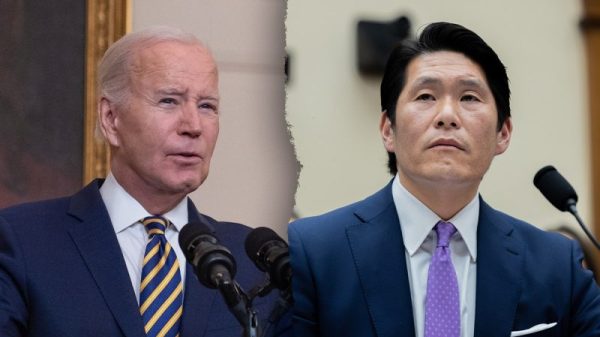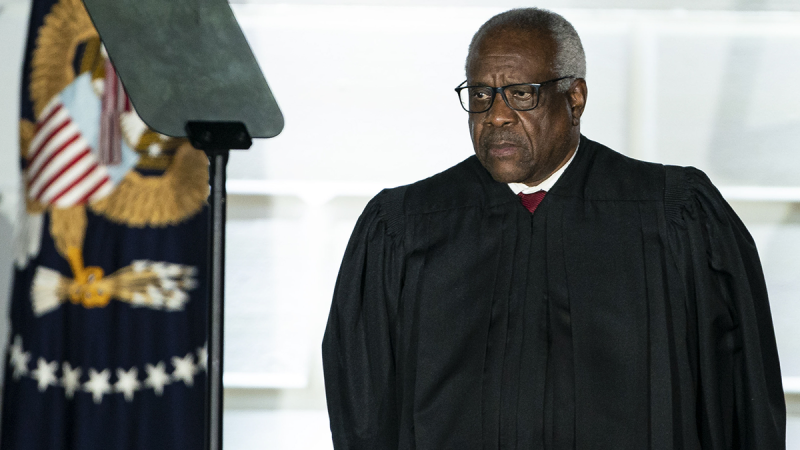In a significant and groundbreaking move, Justice Clarence Thomas took a bold stance against the modern judicial conception of judicial power, particularly challenging the historical backdrop of the iconic Brown v. Board of Education decision. Thomas’ dissenting opinion on this landmark case has sparked debates and conversations within legal and academic circles.
One of the central themes of Justice Thomas’ critique is the overreach of the judiciary in shaping and defining crucial social and political issues that may be better addressed through the legislative process. He argues that the original understanding of the Constitution and the intent of the Founding Fathers did not envision the judiciary as the primary agent of social change and transformation.
By revisiting the legacy of the Brown v. Board of Education case, Justice Thomas raises important questions about the role of the judiciary in a democratic society. He emphasizes that while the decision effectively ended segregation in public schools, its broader implications for the separation of powers and the limits of judicial authority deserve closer examination.
Moreover, Thomas’ dissent underscores the need for a more nuanced approach to interpreting the Constitution, one that acknowledges the limitations of judicial power and promotes a healthy balance between the different branches of government. This perspective challenges prevalent assumptions about the judiciary’s ability to redress historical injustices and reshape societal norms.
Critics of Justice Thomas’ position argue that his strict adherence to originalism and textualism may hinder progress and obstruct efforts to promote equality and justice. They contend that the judiciary has a vital role to play in safeguarding individual rights and upholding constitutional principles, even in cases where legislative action falls short.
Ultimately, Justice Clarence Thomas’ dissent in the Brown v. Board of Education case raises fundamental questions about the nature of judicial power and its impact on social change. By challenging prevailing norms and inviting a reexamination of established legal doctrines, he prompts us to reconsider the boundaries of judicial authority and the complexities of interpreting the Constitution in a rapidly evolving society. As the legal landscape continues to evolve, Justice Thomas’ dissent serves as a thought-provoking contribution to ongoing debates about the role of the judiciary in shaping the future of American democracy.


































